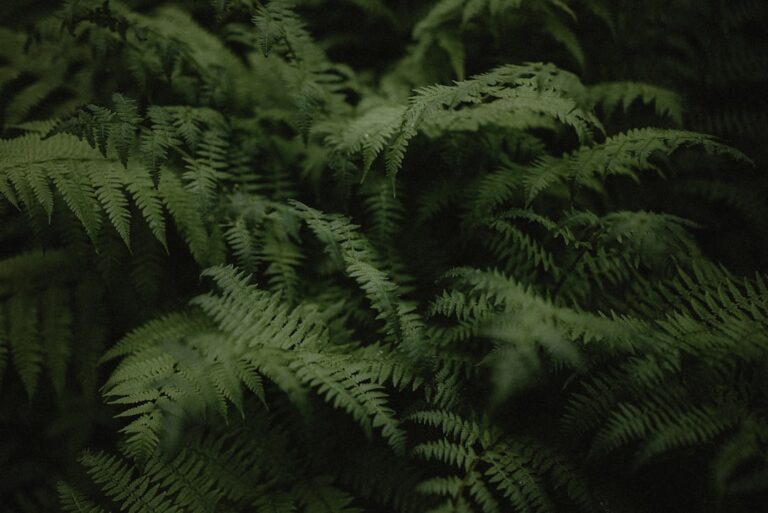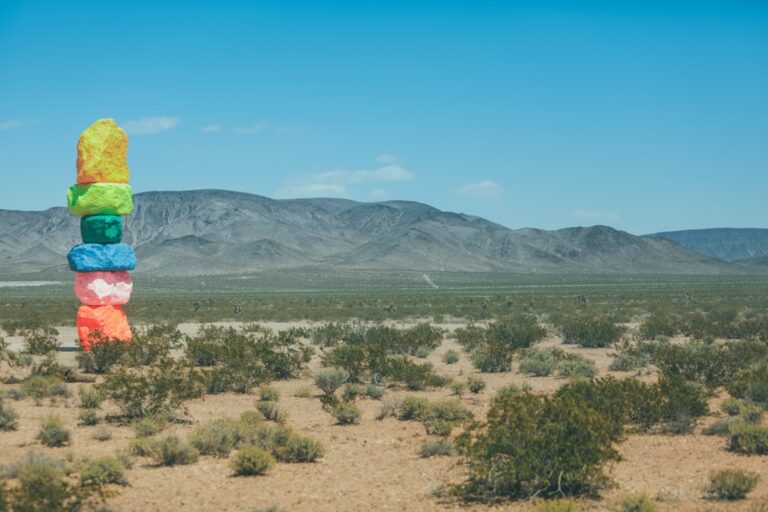Star jelly, also known as astromyxin, astral jelly, or star rot, is a gelatinous substance that is often found on the ground after meteor showers or other celestial events. It is a mysterious and enigmatic substance that has puzzled scientists and researchers for centuries. Star jelly is often described as a translucent, gel-like material with a consistency similar to that of jelly or mucus. It is usually found in small, amorphous blobs, and it can vary in color from white to yellow to greenish-brown.
The origins of the name “star jelly” are unclear, but it is believed to have been given this name due to its association with celestial events. The substance has been reported to appear after meteor showers, leading some to believe that it is of extraterrestrial origin. However, the true nature and origin of star jelly remain a mystery, and it continues to be a subject of fascination and speculation for scientists and enthusiasts alike.
Key Takeaways
- Star Jelly is a gelatinous substance found in various locations around the world, often associated with meteor showers or unidentified flying objects.
- Historical accounts of Star Jelly date back centuries, with reports of its discovery in fields, on fences, and even on rooftops.
- Scientific explanations for Star Jelly range from the remains of frogs or toads to the excretions of certain fungi or algae.
- Star Jelly has been found in diverse locations, including the United States, Scotland, and Australia, often after meteor showers or unexplained atmospheric events.
- The composition of Star Jelly varies, with some samples containing proteins, salts, and other organic compounds, while others remain unidentifiable.
Historical Accounts of Star Jelly
Historical accounts of star jelly date back centuries, with reports of the substance appearing in various parts of the world. One of the earliest recorded instances of star jelly can be found in the 14th-century work “The Travels of Sir John Mandeville,” in which the author describes encountering a strange, gelatinous substance during his travels. Throughout history, there have been numerous reports of star jelly appearing in different locations and under various circumstances, often leading to speculation and intrigue.
In the 19th century, there was a surge in reports of star jelly sightings, particularly in rural areas of Europe and North America. These reports often described the substance as having fallen from the sky during meteor showers or other celestial events. Many of these accounts were met with skepticism and disbelief, but they also sparked curiosity and interest in the scientific community. Scientists and researchers began to investigate the phenomenon, hoping to uncover the true nature and origin of star jelly.
Scientific Explanations for Star Jelly
Despite centuries of speculation and intrigue, the true nature and origin of star jelly remain a mystery. Over the years, scientists have proposed various theories and explanations for the substance, but none have been able to provide a definitive answer. Some researchers have suggested that star jelly may be a type of fungus or slime mold, while others have proposed that it could be the remains of decomposed animal matter.
One of the most widely accepted scientific explanations for star jelly is that it is a type of terrestrial cyanobacteria or algae. These microorganisms are known to form gelatinous colonies that can resemble the appearance of star jelly. However, this theory has not been conclusively proven, and many questions remain unanswered. The elusive nature of star jelly continues to confound scientists, and the search for a definitive explanation remains ongoing.
Where is Star Jelly Found?
| Location | Description |
|---|---|
| Grass | Often found on grassy areas |
| Tree branches | Can be found on tree branches |
| Rocks | Occasionally found on rocks |
Star jelly has been reported in various locations around the world, with sightings occurring in both rural and urban areas. The substance is often found on the ground after meteor showers or other celestial events, leading some to believe that it may have extraterrestrial origins. However, star jelly has also been reported in locations far removed from any celestial activity, adding to the mystery surrounding its origins.
In addition to appearing on the ground, star jelly has also been reported on trees, fences, and other surfaces. The substance is often described as being found in small, amorphous blobs, and it can vary in color from white to yellow to greenish-brown. Despite its widespread occurrence, star jelly remains a rare and elusive phenomenon, with sightings occurring sporadically and without any predictable pattern.
The Composition of Star Jelly
The composition of star jelly has been a subject of much speculation and debate among scientists and researchers. Due to its elusive nature and rarity, obtaining samples for analysis has proven to be a challenge. However, some studies have been conducted on samples of star jelly, and they have provided some insight into its composition.
Analysis of star jelly samples has revealed that the substance is composed of organic matter, including proteins and carbohydrates. Some studies have also detected the presence of microbial organisms within star jelly samples, further adding to the mystery surrounding its origins. However, the exact composition and nature of star jelly remain largely unknown, and further research is needed to unravel its secrets.
Folklore and Myths Surrounding Star Jelly

Throughout history, star jelly has been surrounded by folklore and myths that have added to its mystique and intrigue. In some cultures, star jelly has been associated with supernatural phenomena and has been attributed with mystical properties. It has been said to possess healing powers or to bring good luck to those who encounter it.
In European folklore, star jelly has been linked to legends of fairies and other mythical creatures. It has been believed to be the remnants of fairy ointment or the residue left behind by magical beings. In some traditions, star jelly has been used in folk medicine or as an ingredient in potions and remedies.
The Role of Star Jelly in the Ecosystem
The role of star jelly in the ecosystem remains largely unknown, but some researchers have speculated about its potential ecological significance. It has been suggested that star jelly may serve as a source of nutrients for certain microorganisms or insects. In some cases, it has been observed that insects are attracted to star jelly, leading to speculation that it may play a role in the food chain.
Additionally, some researchers have proposed that star jelly may have antimicrobial properties that could help protect against pathogens in the environment. However, these theories remain speculative, and further research is needed to understand the ecological role of star jelly.
In conclusion, star jelly remains a mysterious and enigmatic substance that continues to captivate the imagination of scientists and enthusiasts alike. Despite centuries of speculation and investigation, its true nature and origin remain elusive. The search for answers continues, as researchers strive to unravel the secrets of this otherworldly substance.
If you’re interested in learning more about mysterious natural phenomena, you might want to check out this article on Meet and Women about the strange occurrences of star jelly. This strange substance has been found in various locations around the world and has puzzled scientists for years. The article delves into the various theories about what star jelly could be and the possible explanations for its existence. It’s a fascinating read for anyone intrigued by the mysteries of the natural world.
FAQs
What is star jelly?
Star jelly, also known as astromyxin, is a gelatinous substance that is sometimes found on the ground, often after meteor showers or other celestial events.
What does star jelly look like?
Star jelly is typically described as a translucent or white, gelatinous substance with a consistency similar to jelly or mucus.
Where is star jelly found?
Star jelly is often found on the ground, particularly in grassy areas, and has been reported in various locations around the world.
What causes star jelly?
The exact cause of star jelly is not fully understood, and there are various theories about its origins, including the possibility that it is a byproduct of meteors or the remains of certain types of organisms.
Is star jelly harmful?
Star jelly is generally considered to be harmless, and there are no known reports of it causing any harm to humans or animals.
Can star jelly be studied?
Scientists have studied star jelly to try to determine its origins, but due to its elusive nature and the lack of consistent samples, it has been difficult to conduct thorough research on the substance.













+ There are no comments
Add yours